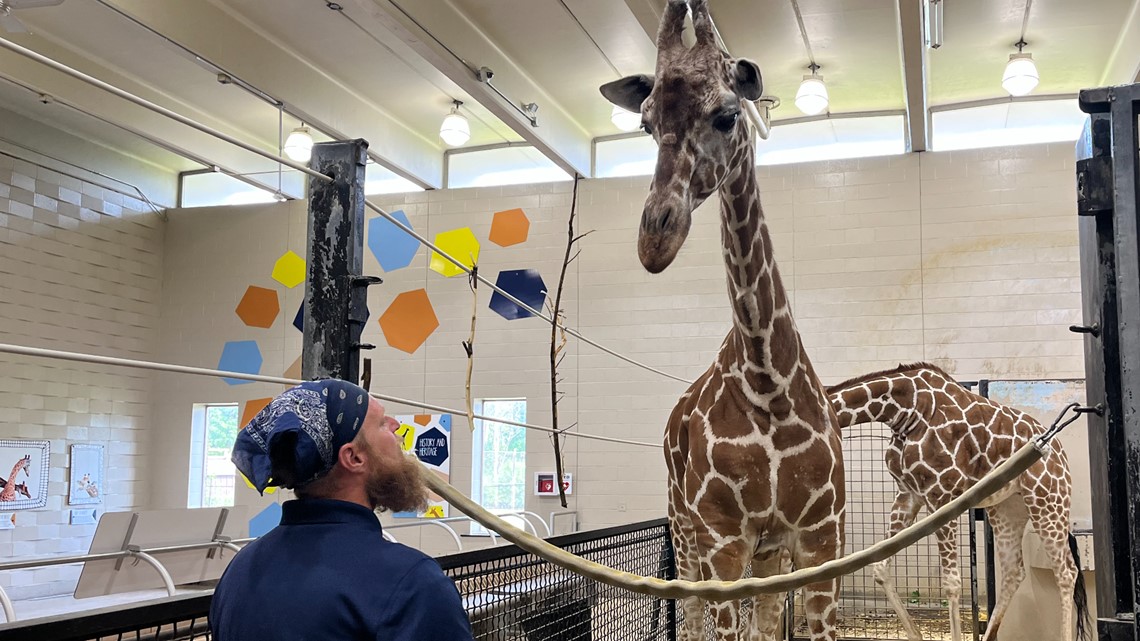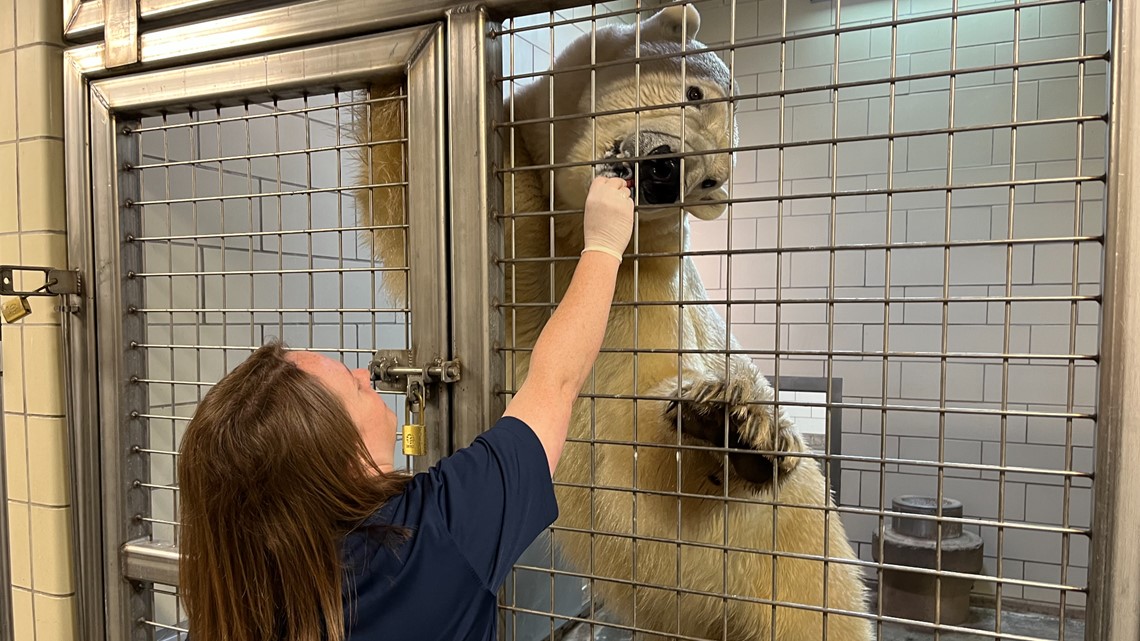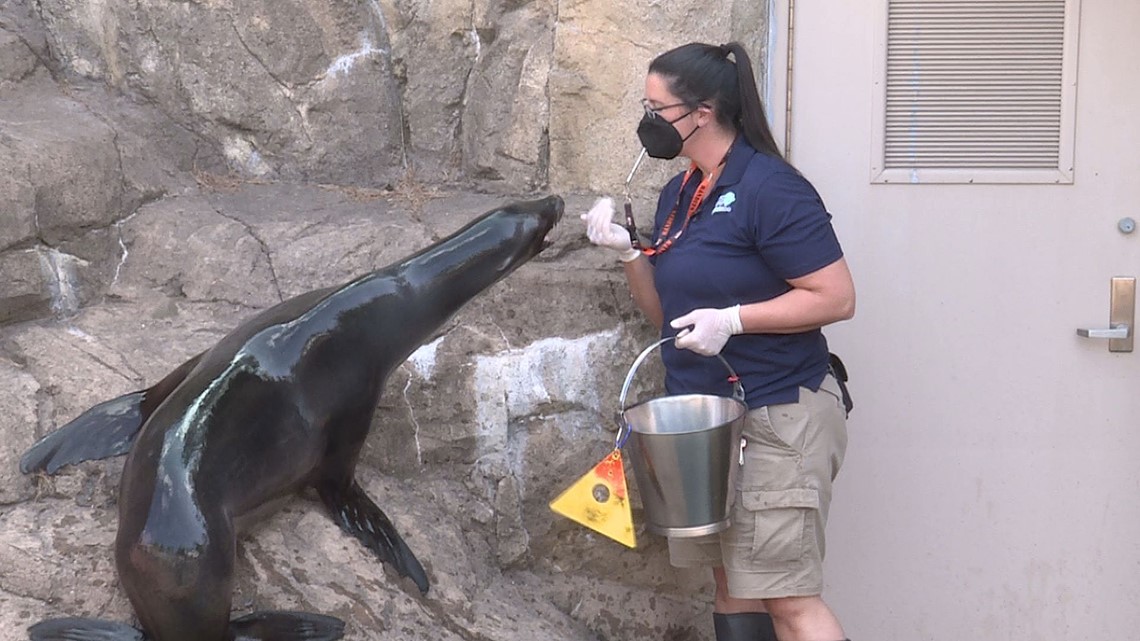BUFFALO, N.Y. — The world's first recorded zoo was in Egypt in 3500 BC, and the first American zoo was opened in Philadelphia in 1874.
Early zoos were mainly a show of power for wealthy patrons, but modern zoos have progressed greatly, and nurture a much different philosophy. They are now a refuge from extinction for many species.
Caitlyn Bruce, the Buffalo Zoo's Carnivore Keeper, explains. "They didn't care about education, they didn't care about animal welfare a hundred years ago, they didn't care about that, they just wanted to see animals. Zoos have slowly evolved into what's called a lifeboat, pretty much, because they're what's keeping a lot of species alive, they're the only reason there are some species in the wild, because of zoos and their captive breeding and releasing them."


That conversion of principle has led to a vast change in care. Training is a now big part of the animal's lives, and it serves a number of purposes.
"We go in there every day, and we form that relationship with them, so it's safe for us to be around them, it's safe for them also in their environment, and again it makes everything stress free." says Melissa King, Zookeeper II at the Buffalo Zoo." And also the public gets to see natural behaviors and really see the interaction with them. It brings them close enough to care."


The training is necessary to keep the animals healthy. Hoofstock Keeper Don McQuire demonstrated the training required to get a Giraffe to put her leg up on a box in order to provide regular care for her hooves. Don explained that the training didn't take long, and he says that Giraffes are very smart.
"On the box is her picking her foot up in a position with the bottom of her foot curled back like that so I would be able to file it down or use hoof knives and shape it properly to proper shape so she doesn't have any discomfort walking around."
And the process also helps deepen the bond of trust between the keepers and their animals. "This is stuff we do every day," says Bruce. "It's a great chance for us to have some sort of bonding session with the animals, it's a chance to build a good rapport with them."
McQuire agrees. "With her, she actually enjoys this though, so she would work with me all day if I had time to be able to do that."


It's rewarding as well for the keepers and a way to inspire future caretakers.
"Hearing human reaction to it, so even adults to little kids, everyone is in amazement and gets to see them, the Sea Lions interact a lot with an underwater viewing window, you hear kids just giggling and screaming and laughing." King said." So bringing people close enough to have that interaction to want to care, because I might be inspiring the next zookeeper that then is going to fill my position when I retire."
To learn more about the Buffalo Zoo, click here.

